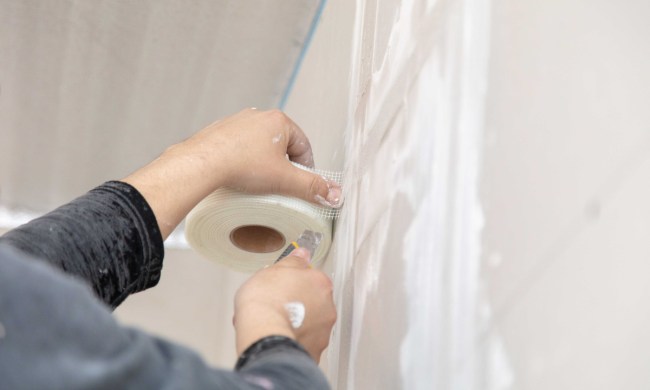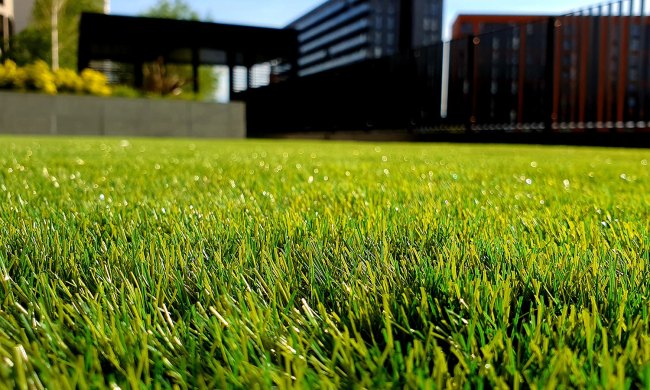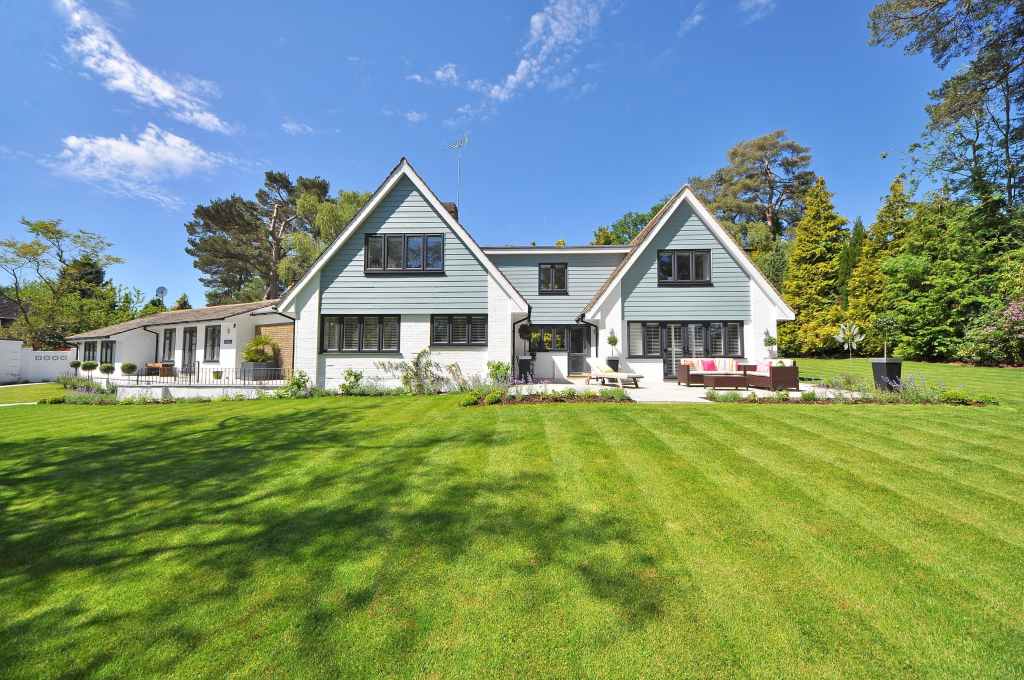
Homeowners spend countless hours manicuring, improving, and decorating their lawns to make them pristine and gorgeous, but many fall short when it comes to knowing how to level a yard.
The home’s lawn is crucial to maintaining the overall aesthetic of the property. Fertilizing, replacing sod, and regularly watering your lawn all go a long way in making it lush and vibrant. However, all that work on an uneven or bumpy lawn can still result in a yard that appears imperfect and unkept.
Aside from poor appearance, a yard that’s not leveled can lead to other issues such as improper draining. We’ll walk you through how to level a yard that’s uneven. Let’s get into the details.
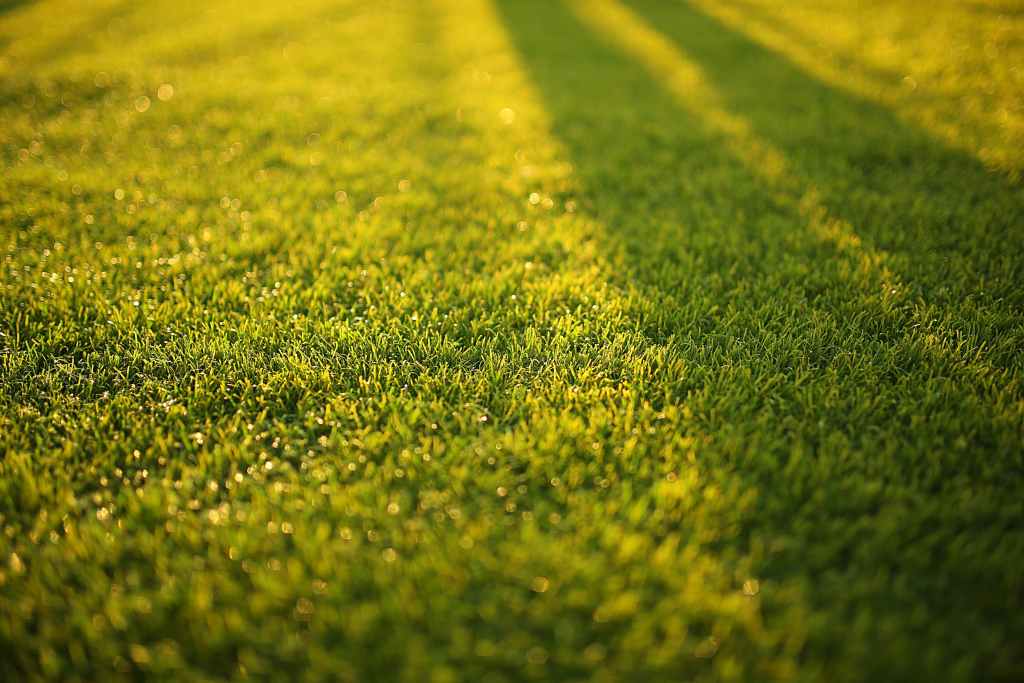
What causes a yard to be uneven?
An uneven yard can result from various factors, both natural and human-caused. Natural causes include soil erosion due to rainfall or improper drainage, which can create depressions or mounds. Subsurface tree roots can also push the ground upward, causing unevenness. Moreover, geological features like fault lines or underlying rock formations may influence yard contours.
Human activities that cause a yard to be uneven include poorly executed landscaping projects, like haphazard grading or improper soil compaction, which can lead to uneven surfaces. Additionally, the settling of construction fill, such as around foundations, can cause unevenness over time. Regular foot traffic or heavy machinery can compact soil unevenly, exacerbating the problem.
Maintaining a level yard often requires addressing these underlying causes through grading, drainage solutions, or strategic landscaping.
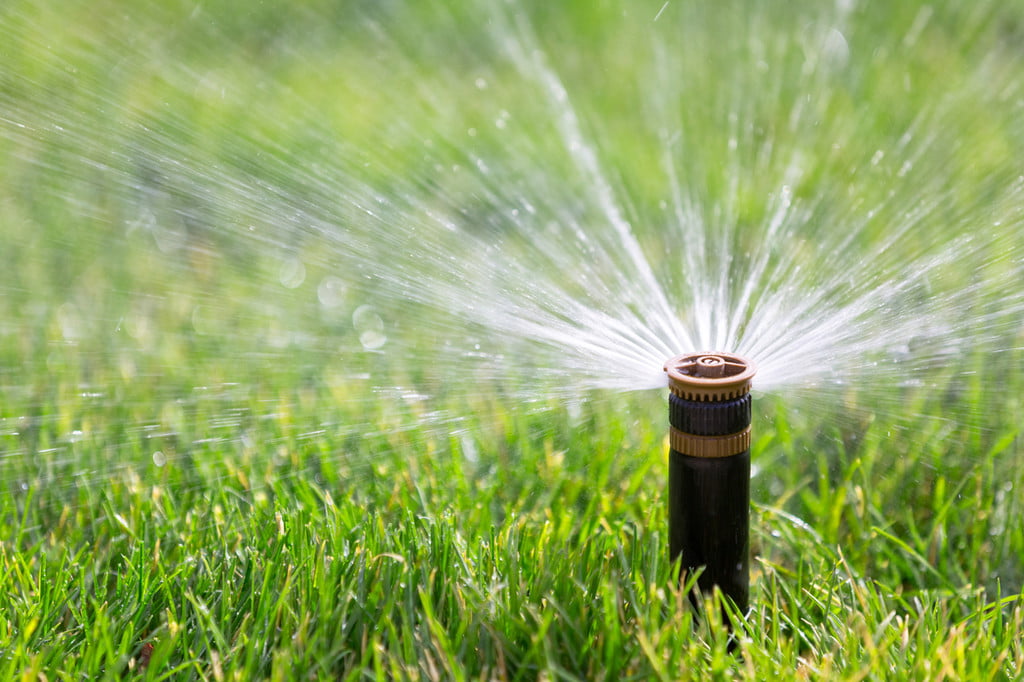
Why you should level your yard
It’s a bit of a project to undertake, so you may be wondering why you should bother flattening out that uneven yard. The truth is, an uneven lawn leads to some annoying and possibly costly home and lawn repairs down the road. Leveling out that yard now will save you a lot of time and money in the future.
Prevents standing water
One of the biggest problems with an unleveled yard is that it promotes standing water on your lawn. A big dip in the surface of your lawn will inevitably collect water, which leads to:
- Dead grass
- Perpetual mud
- Mold growth
- Excessive mosquitos
Protects your gardens
An unleveled yard can also damage any flower and vegetable gardens you’ve worked so hard to maintain. Irregular or unpredictable water drainage can lead to puddling in your gardens and mold growth.
Ensures your home is protected from water damage
Similar to your gardens, standing water on the lawn, particularly if it’s close to the garage or the home’s foundation, can quickly damage the structure. Water can flood into the basement, corrode the structure, and cause wood rot and mold. Keeping water away from the foundation starts with a level and well-drained lawn.

How much does it cost to level a yard?
Hiring a professional landscaping service to level your yard will range in cost depending on the size of the project. If only a small portion of your lawn needs to be leveled, for example, the cost of the landscaping services will likely fall between $500 and $1,000. A whole yard that has major sloping issues could cost as much as $5,000.
Can you level a yard yourself?
The good news is that most homeowners can undertake a yard leveling project on their own, especially if only a portion of the yard is uneven. If the drop in the unleveled section is under two feet, it’s a great opportunity to flex some DIY skills. A drop of more than two feet, however, requires the assistance of a professional landscaper.
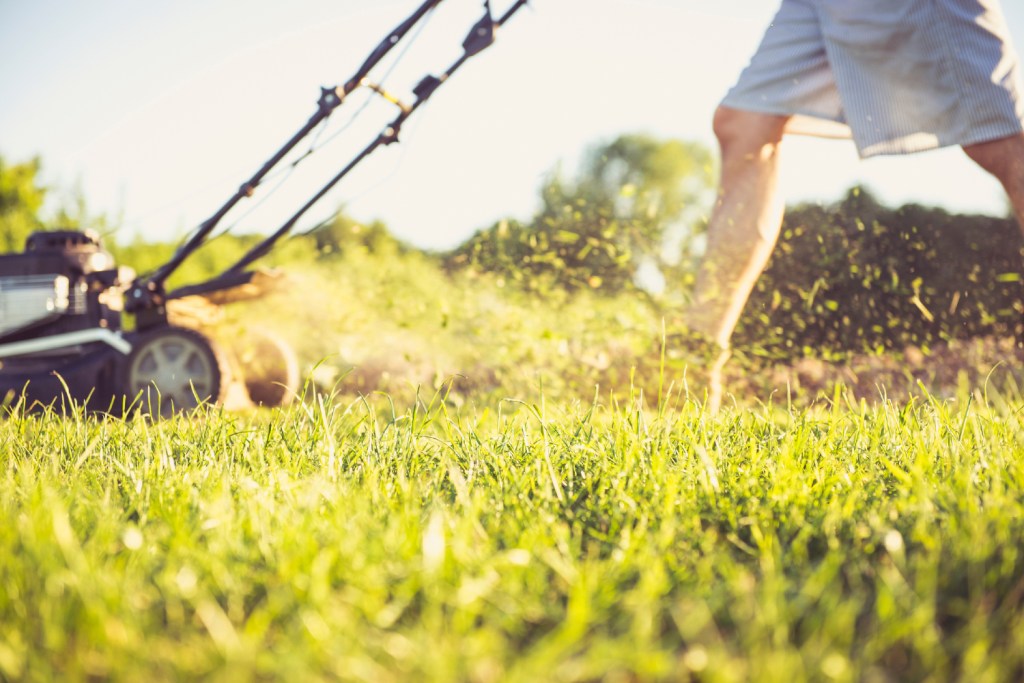
How to level a yard
If you have the drive to undertake this project, set aside a weekend to make sure it’s done properly. You may need to repeat portions of the project to ensure the lawn is properly leveled, so it’s best to have two consecutive days to do it. Here’s what you’ll need to gather:
- Lawnmower
- Lawn dethatcher or thatch rake
- Shovel
- Topsoil
- Sand
- Compost
- Wheelbarrow
- Garden hose or sprinklers
Mow the grass short and dethatch
The first step in leveling a yard is properly mowing your lawn. Mow it down pretty short, but not so short that the grass stems are visible. Then, examine the lawn to determine if there’s a need to remove any thatch buildup. If so, use a dethatcher or thatch rake and work to remove the excess.
Lift grass off of low spots
Locate spots in the yard that dip lower than the rest of the lawn. Use a shovel to lift the grass completely off of those spots. Be careful to get the entire root system of the grass by pushing the shovel down two or three inches under the soil.
Fill the low spots with soil mix
In a wheelbarrow, create a soil mix that’s two parts sand, two parts topsoil, and one part compost. Mix enough to fill all the lawn dips. Shovel the mix into the uncovered dips so that they’re level with the surrounding areas. Then, replace the sod that was removed in the previous step and repeat the process for any other dips or holes.
Cover the lawn with topsoil
Now it’s time to even out the entire lawn by adding a layer of topsoil. Use the mix from step three, being sure to add no more than 1/2 inch of topsoil. Any more may prevent air and sunlight from reaching the grass’s roots.
Water the entire lawn
The final step is to generously water the whole yard. A fresh watering will allow the topsoil to sink into the grass’s roots and provide it with the nutrients it needs to recover from the leveling project.
The yard is your pride and joy, so when it gets uneven, it’s a bit of a disappointment. An unlevel yard isn’t just unsightly, though, and it can lead to drainage issues and other damages. Luckily, you don’t have to let a bumpy yard get you down. With our tips for leveling your yard, it will be even and pristine in no time.


